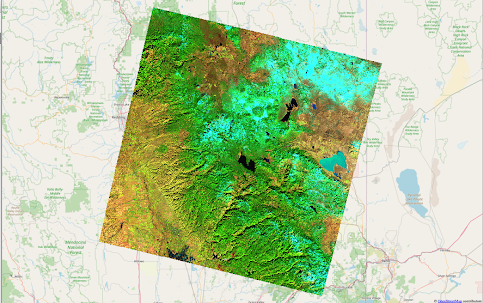Not just another machine learning algorithm - how solving clean technology applications forces adaptations in basic machine learning techniques.
One of the first questions I get about workshops on this topic is - why do we need to talk about machine learning again? There are tons of online courses available already, lots of free material on the web and libraries in Python that are easy enough to get started with. So, why look at this stuff once more? Why not just point us to the best existing resources and let us get on with it? And the answer is - yes, there are lots of excellent resources (free and paid) on machine learning and yes, we’ll have a list of those resources available for additional reference. But, and this is a big but - many of these resources are targeted to problems faced in the high-tech sector, where the data and types of problems are very different. When we’re solving problems in clean technology, the kind of data we have and the questions we’re faced with are often quite different. That means that machine learning algorithms have to be adapted to work in our sector - and the way they get adapted is a fu

